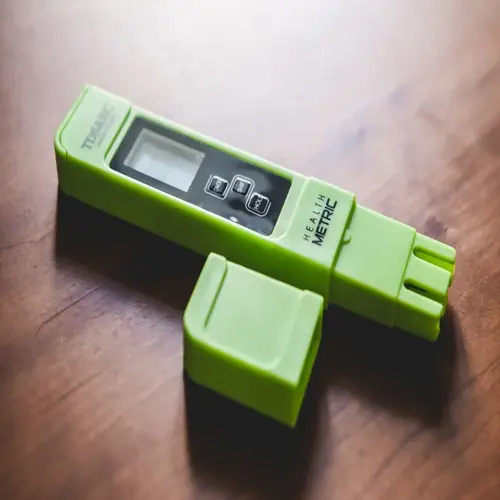Can live plants replace regular water testing?

Written by
Susan Taylor
Reviewed by
Prof. Henry Webster, Ph.D.Many aquarists wonder if live plants eliminate the need for the routine testing of the water in the aquariums. The answer is definitely no! Plants help, but do not take the place of the testing. I know this was the case since I lost tetras in my heavily planted aquarium because of a sudden ammonia spike. Plants absorb some toxins, but do not prevent sudden, dangerous surges. It is certainly necessary that testing be done for the protection of fish.
Plants absorb nitrates effectively, making nitrate testing less frequent. My jungle val and anubias lowered nitrates 40% in 3 weeks. They can't absorb ammonia from fish waste or decaying matter. A dead snail caused an ammonia spike overnight, killing my fish. Testing is still important for the detection of toxins.
Plant metabolism varies from day to day and cannot match the precision of the test kits. Photosynthesis slows down at night, reducing the uptake of nitrates. New growth of plants increases demand while melting leaves release toxins. My cryptocoryne once melted, causing the ammonia levels to spike to 2 ppm. Only regular testing catches this kind of error, which occurs most unpredictably, before fish show any signs of stress.
Essential Tests
- Ammonia: Weekly minimum even in mature planted tanks
- Nitrite: Test biweekly especially after adding new fish
- pH: Monitor weekly as plants alter acidity
Plant Limitations
- Cannot prevent ammonia spikes from dead organisms
- Fail to absorb nitrite at any significant rate
- May release toxins during decay periods
Optimization Tips
- Combine fast-growing and slow-growing plant species
- Prune decaying leaves immediately
- Supplement with liquid carbon carefully
Dead plant matter creates toxic concerns that need to be tested for. Rotting leaves are a direct source of ammonia to the water column. This was something I overlooked with my first planted tank, losing shrimp in the hidden decaying leaves. Regular testing will identify these invisible threats. Remove the dead foliage immediately. Also, note that the water should be tested after trimming sessions.
With the introduction of the plants to the tank settings, more data rather than less is required. There is a period of adjustment with plants during which they absorb fewer food materials. The nano planted tank, in my case, required checking for ammonia daily for the first month. Established tanks can be less stringent about nitrate testing, but these machines still must have their toxins monitored. Do not assume any complete biological filtration from the plants.
Utilize plants as supplements to testing, not substitutes. They help limit nitrate buildup and are efficient oxygenators of water. However, only liquid test kits can detect fatal ammonia at 0.5 ppm. Continue with weekly tests, regardless of how densely the plants are. Your fish need this vital protection from invisible dangers.
Read the full article: 7 Essential Aquarium Water Testing Tips
